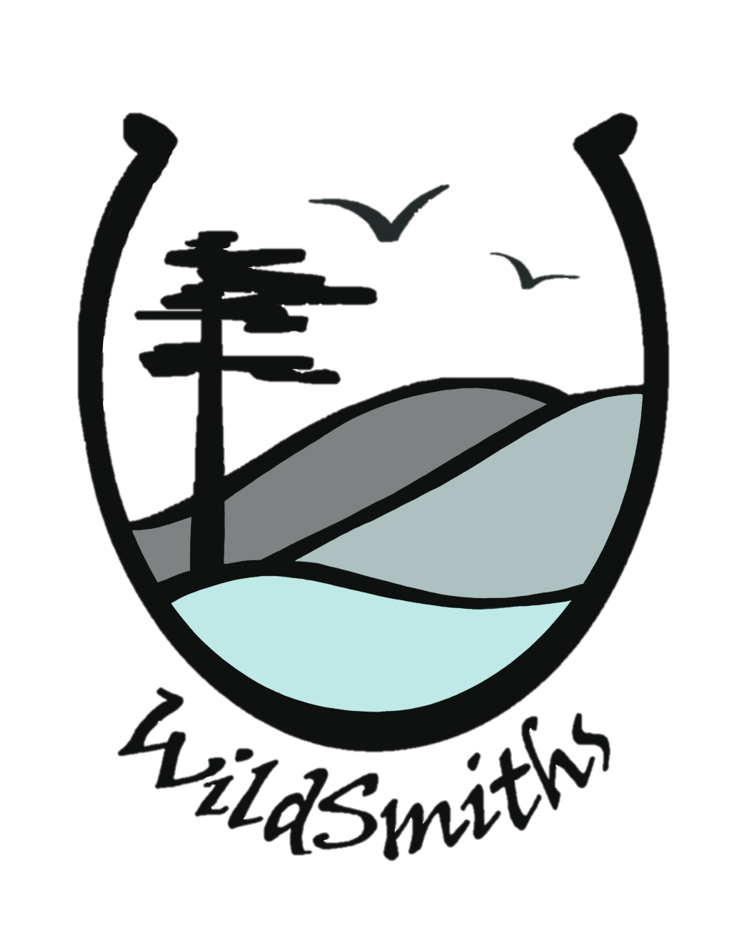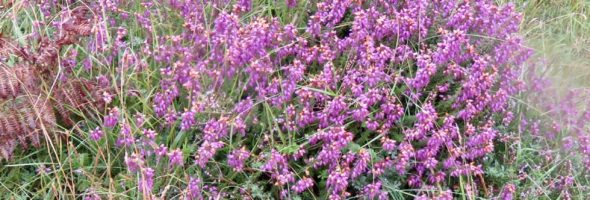
We explored a new route for an Isle of Coll wildlife walk this week based around the village of Arinagour, which conveniently saved our guests a long bicycle ride in the rain.
A grey heron provided a typical heart-stopping moment. “Massive bird of prey?” “No, just a heron…”. That ‘just‘ is to our shame because herons are fascinating birds.
The plantation around the Lodge in the village of Arinagour hosts what is, reputedly, the largest heronry in the Hebrides. The birds are frequently seen along the banks of Loch Eatharna grappling with the local eels.
In January, while the rest of the bird world is still in ‘winter survival mode’, herons are busy building nests and laying eggs, so that, by the spring, their developing young have a veritable smorgasbord of tasty titbits available to feast upon, from frogs to young birds – it’s not all fish!
The road verges out of the village presented the (by now) familiar wild flowers: yellow Tormentil (a uniquely four-petalled strawberry flower); deep blue Devil’s-bit Scabious (whose stumpy roots were said to be nibbled from below); and two types of heather – Ling (the true heather with its fine grey-pink flowers) and Bell Heather (with its showier, carmine-pink flowers).

Perhaps surprisingly, the ferry terminal regularly turns up impressive wildlife sightings. This week they managed the ‘big four’ of Minke Whale, Bottle-nosed Dolphin, Basking Shark and Otter all within an hour or so – delighting those queuing for the ferry (and dismaying those of us not bound for the ferry that day who missed all the fun!)
This bounty has meant that the area has been named one of the Hebridean Whale and Dolphin Trust’s ‘whale trail’ watch points. On this occasion, however, a few Gannets were the best we could muster.
We explored further along the rough path and came to a small bay where seals were in abundance. There are two species of seal in British waters and you can find both of them around Coll. The Common Seal has a head reminiscent of a
labrador, with eyes facing forward and a dished profile. The Grey Seal, by contrast, is more like a bull terrier with a long Roman nose and eyes to the sides.

We sat on the rocks for a while in the hope of sighting an otter on the rising tide. But this only went to prove the maxim: if you look for an otter, you’ll not see one. In our experience, you definitely only see otters when they are the last thing you expect to see.
We were, however, entertained by a passing Bonxie (or Great Skua). Skuas are klepto-parasites which means they pinch food from other birds. They can often be seen pursuing gulls and terns, only relenting when the unfortunate victim drops any food it is carrying or vomits up the contents of its stomach. Early observers thought that the pursued bird was defecating, giving rise to the unfortunate name for one genus of skua Stercorarius (or poo-eater!)
We saw a lovely patch of Bird’s-foot Trefoil growing across a rock. For the first time, I asked myself which feature gives it that unusual name. It didn’t take long to spot the answer! The fruiting pods do an extraordinary impression of a bird’s foot complete with tarsus and long claws.
We clomped back into the village as the rain stopped and the midges descended, but our guests had spent time in Nova Scotia, where the biting black flies make midges seem positively benign, so they were planning to venture out again after lunch.
WildSmiths
September 2020




